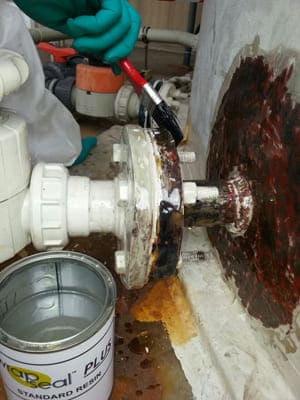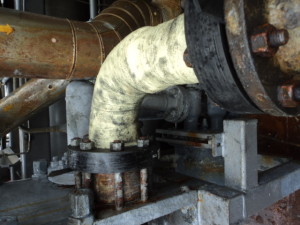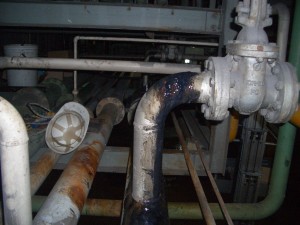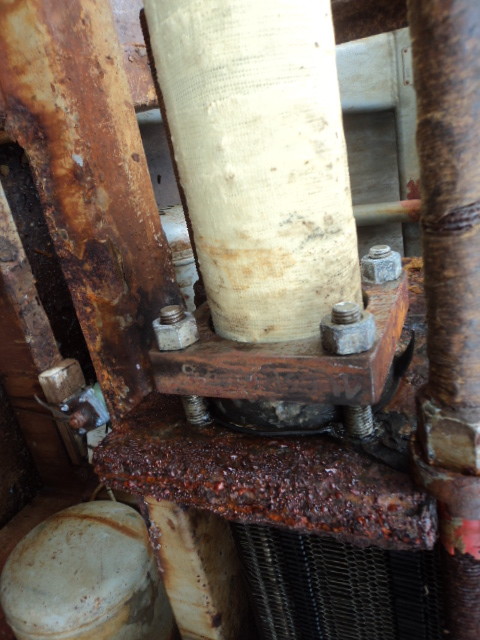
Effective Steps to Repair Copper Pipe Leaks

Introduction
Copper Pipes have high mechanical quality; however the sensitive material is delicate and will weaken under high pressure. Leak will start to happen when the Copper Pipe system is subjected to considerable vibrations.
Performing Copper Pipe leak repairs for little estimations can be viably completed after the underneath repair methods.
Surface Preparation of Affected Pipe Section
Before performing any repair assignments, it is imperative to close off or diminish the pipeline pressure and temperature however much we can. For pipe leak repairs on carbon steel pipes, which are obliged to surface preparation to uncover the white metal; it is a substitute condition for Copper pipes. For Copper pipes, the surface roughness and cleanliness of dust present is fundamentally more crucial.
It is essential to put up the pipe surface roughness to an estimation of 60 microns, the system for this is to use record lines on the surface of the Copper pipes in distinctive bearings; this way, the bond of epoxy covering can attain to high holding quality.
Start Pipe Leak Repair Works
Set up a suitable measure of underwater epoxy stick and proper length of stainless steel pipe clip. Mix the epoxy stick and fix the pipe clip near to the pipe leak. Push the stainless steel pipe clip and fix the portable lock of stainless steel clip possibly onto the leak zone. The leak should be reduced or stopped completely.
If the position of the clip does not stop the leak fully, change the coordination or the amount of epoxy stick and re-fix onto the leak pipe.
Redoing of Affected Pipe Section
When the pipe leak has been stopped, apply the epoxy resin covering onto the pipe section. The length and thickness of the epoxy resin should be made sense of to fulfil the pipeline working conditions.
License the epoxy resin to cure for no less than 4 hours to fulfil enough holding quality with the substrate. Proceed to the next step of reinforcement.
Composite Pipe Wrapping
Utilize suitable reinforcement covers (fiberglass repair tapes) to the pipe zone. When performing pipe wrapping, the fiberglass tape should start no less than 100mm to 200mm before the leak zone. Wrap the pipes as closely as could be, pulling with enough compel in the midst of every round of wrapping. Utilize no under 50% spread and assure that the wrapping length and thickness of repair comes to the proposition of the maker. Notwithstanding the way that the wrap making a beeline is to be finished in one course; it is reasonable to replace resulting moves of fiberglass in another application bearing keeping in mind the end goal is to accomplish the best quality.
Examination of Repair
Grant the repaired region to be cured for a couple of hours (time allotment is subjected to pipeline working condition). The repair work is done and the repaired system can be worked back to normal working condition.










